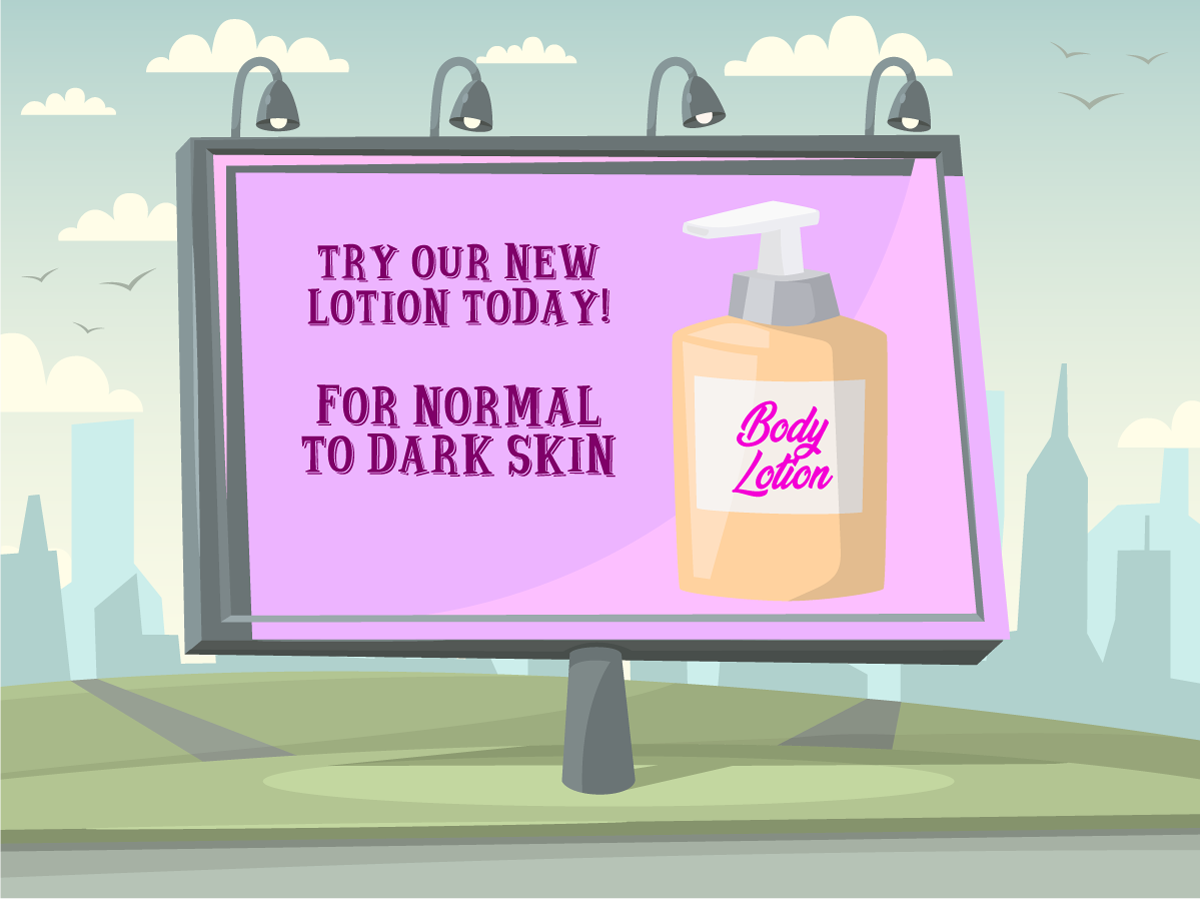Learn the First 3 Principles: Tone, Language, and Representation
Learning Objectives
After completing this unit, you’ll be able to:
- Understand why language selection and tone are important.
- Explain how to ensure accurate representation of typically underrepresented groups.
In this unit, we take an in-depth look at the first three principles to inclusive marketing with anonymized real-world examples of marketing that we’ve learned from.
1. Start with Tone
Definition: Tone is the style, characteristic, or sentiment of a piece of content.
Often when people are offended or turned off by a piece of content but can’t quite put their finger on why they feel that way, tone is at the center. The most common misstep is when something that should be treated seriously and with respect is treated too casually.
For example, at Salesforce, we are proud of our unique brand and that it’s playful and fun. But at times, we bring in speakers who discuss topics that are more serious, such as civil rights leaders or human rights advocates. When people’s livelihood or rights are involved, we need to be extremely conscious and thoughtful to not make light of their experiences or challenges and to honor their story in an authentic way. Our designers came together to work on an updated style for these events that still aligns with our brand, while also honoring the diverse speakers and topics we host at our company.
Here are a few things to consider when discussing tone:
- The subject: Am I showing my subject in the best light? Am I honoring their legacy or work?
- The topic: Is the topic of the piece or conversation light-hearted or serious? What is the context?
- The message: What message am I trying to convey? Is it inspirational or controversial or educational or playful?
- The impact: What is my intended impact of the piece? Can it be perceived differently for any reason?
2. Be Intentional with Language
Definition: Language is defined as the words, phrases, symbols, or metaphors used to describe something.
There is immense power in language. Language has the potential to deepen understanding, strengthen relationships, and offer clarity. But, language can also confuse, offend, or even harm others. And sometimes, words may have different meanings depending on regional and cultural contexts.
Language can be very nuanced, so it’s important to be mindful of how your messages are conveyed. For these reasons, we have to be extremely thoughtful about every word, symbol, or phrase we use in our marketing—not just with what the words say, but also how and where they are placed.
Consider this example:
A skin-care company misstepped when a description of their lotion read, “For normal to dark skin.” Though potentially an honest mistake, the implication that dark skin isn’t normal caused a strong public reaction as many saw it as playing into cultural and historical stereotypes. It was also a reminder of how people of color have been largely left out of beauty and healthcare products. (For instance, “flesh-colored” adhesive bandages tend to not match the flesh tones of darker-skinned people.)

3. Ensure Representation
Definition: Representation is the visible presence of a variety of identities in a story, image, video, and more.
There is immense power in representation. People want to see themselves reflected in the media and marketing. When we see ourselves in the characters and images around us, it helps us all to feel seen, heard, empowered, and inspired. And it’s not just about seeing people who look like us, people also want to see a more authentic representation of the world around them that celebrates all the ranges of diversity within our global society as well. We can think of many examples in the film industry in 2018 where telling the stories of traditionally underrepresented groups smashed box office records around the globe.
The same goes for marketing and advertising. Adweek noted a study that said 80% of families want to see diverse families in ads. And now increasingly consumers and audiences are holding companies accountable for underrepresentation on stage, in ads, or even in social media posts.
Here are some things to consider to ensure diverse representation in your marketing efforts:
- There is diverse talent all around us.
In today’s diverse and global world, there is no reason to not be inclusive and ensure accurate representation of the diverse talent that is all around us. Like our Chief Equality Officer says:
“You never have to lower the bar to find luminary and diverse talent” —Tony Prophet, Chief Equality Officer, Salesforce
At Salesforce, we are committed to elevating luminary and diverse talent that is often underrepresented on the main stage or in their industries. We recently had our first-ever Racial Equality summit, Representation Matters, where we invited the tech industry’s traditionally most underrepresented groups — Black, Latinx, and Indigenous employees — to see themselves reflected on stage. They heard from CxOs, celebrities, company founders, and venture capitalists who blazed their own trails to succeed in their industries. The reaction was an overwhelming sense of pride, inspiration, and empowerment. For highlights, check out the Representation Matters Recap blog post.
2. Make sure it’s authentic. Representation in marketing is never about “filling a quota”—it’s about making sure your customers and prospects see themselves in your content and that your content reflects society. Always elevate people for their authentic work and impact while building diversity that reflects the communities around you.

3. Empower others by opening up opportunities to all. We talk about this more in our final principle, but when we think about representation in marketing, we should also think about it as an opportunity to challenge the status quo. Say you’re hosting an event, be mindful of the power of representation that comes with being on stage. Help empower others by opening up opportunities to all.
We’ve covered the first three principles of inclusive marketing, and in the next unit, we look at the remaining three: context, cultural appropriation, and counter-stereotyping.